Purnululu dreaming
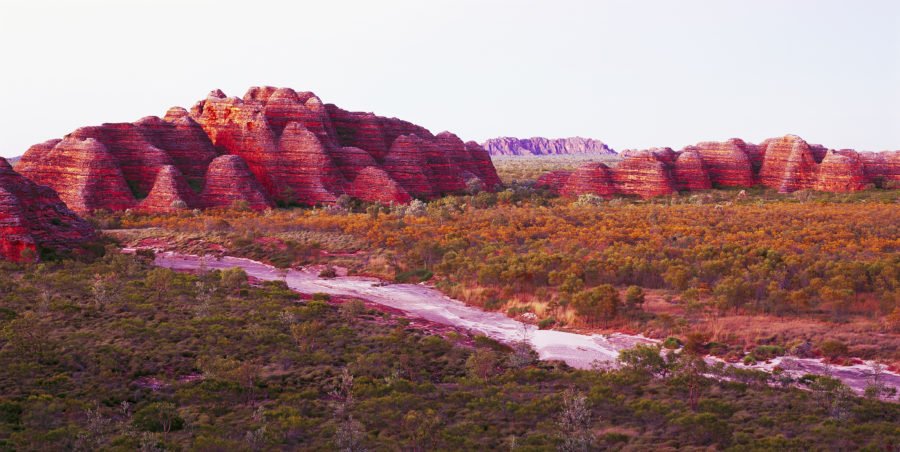
It wasn’t until 1983 that airborne treasure-seekers, in the form of a documentary crew, dug up the booty, their film Wonders of WA unearthing the spectacular striped jewels we know as the Bungle Bungles. Within weeks, ground crews set out in four-wheel-drives to view the loot. In 1987 this glittering treasure was declared a national park, and it was inscribed on the World Heritage List in 2003. The treasure-seekers still come today – in planes, helicopters and 4WDs – to open the chest and gaze at the fragile wonders within.
Most of the 43,000 people who annually visit Purnululu National Park come to see the beehive-like bungles. These fragile formations (a landform found in few places worldwide) were created as water eroded the Bungle Bungle Range during the past 20 million years. From the air or at a distance, some look like little pyramids or the turrets of ancient castles. Their unusual banding is only skin-deep. It’s dark grey or black where clay particles hold remnants of the wet season’s deluge long enough to encourage cyanobacteria to live, and orange where iron oxide has leached to the surface. The slightest touch breaks this thin skin, and the white sandstone beneath blows away like fine flour, for it has no silica or other bonding material.
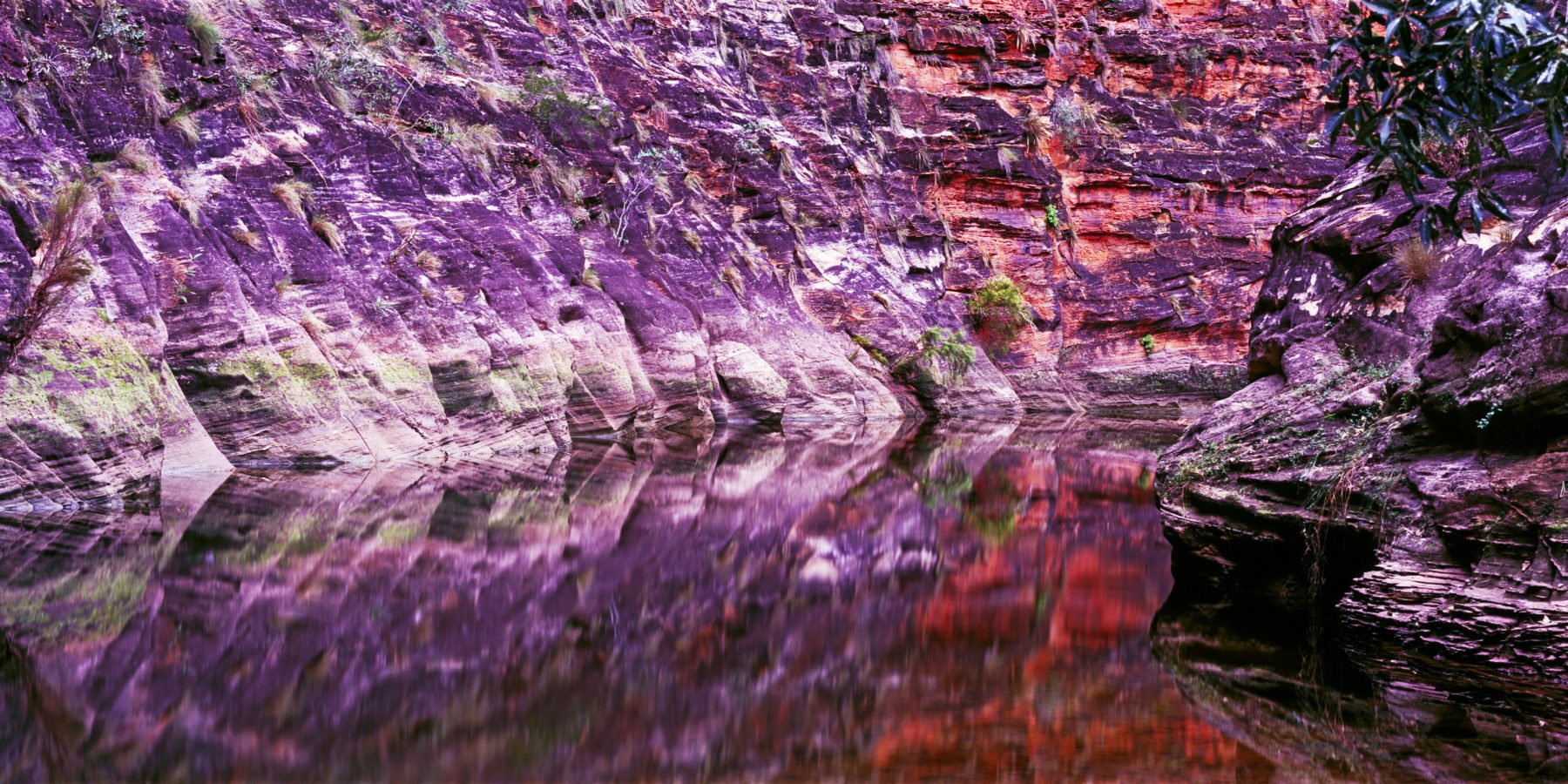
When the sun is low on the horizon, these formations, which locals casually refer to as “the Bungles”, morph through an explosion of colours – purples, crimsons, reds and oranges. During the day, shifting shadows accentuate their shapes and structure, and the sun bleaches the colour from the rock, just as water over time has leached the iron oxide from within. To add to the gaudy display, the park has golden splashes of flowering wattles, spinifex greener than the lushest lawns and cloudless blue skies, and the whole lot is lavishly reflected in inviting pools.
“It’s pretty hard to leave here without saying ‘Wow’,” says Paul Wainwright, who’s lived and worked in the Bungles for 24 years. “I still go down to the beehive formations and just never get sick of it. There’s always something a little bit different. Colours change. This year we had this big, late Wet and everything’s very green.” Paul’s parents, Bob and Norma Wainwright, were tourism pioneers in the region, and Paul himself was one of the first off-roaders who came in June 1983 and recorded two of the park’s main attractions: Echidna Chasm and Mini Palms Gorge.
A slot in the range just a couple of metres wide, Echidna puts on a spectacular display in the middle of the day when the sun penetrates its dark recesses. Paul was exploring the steep-sided north-western face of the Bungle Bungle Range with his dad when they found the way in. “We got in to where it bells out a bit and we thought that was where it ended…but it keeps going,” he says.
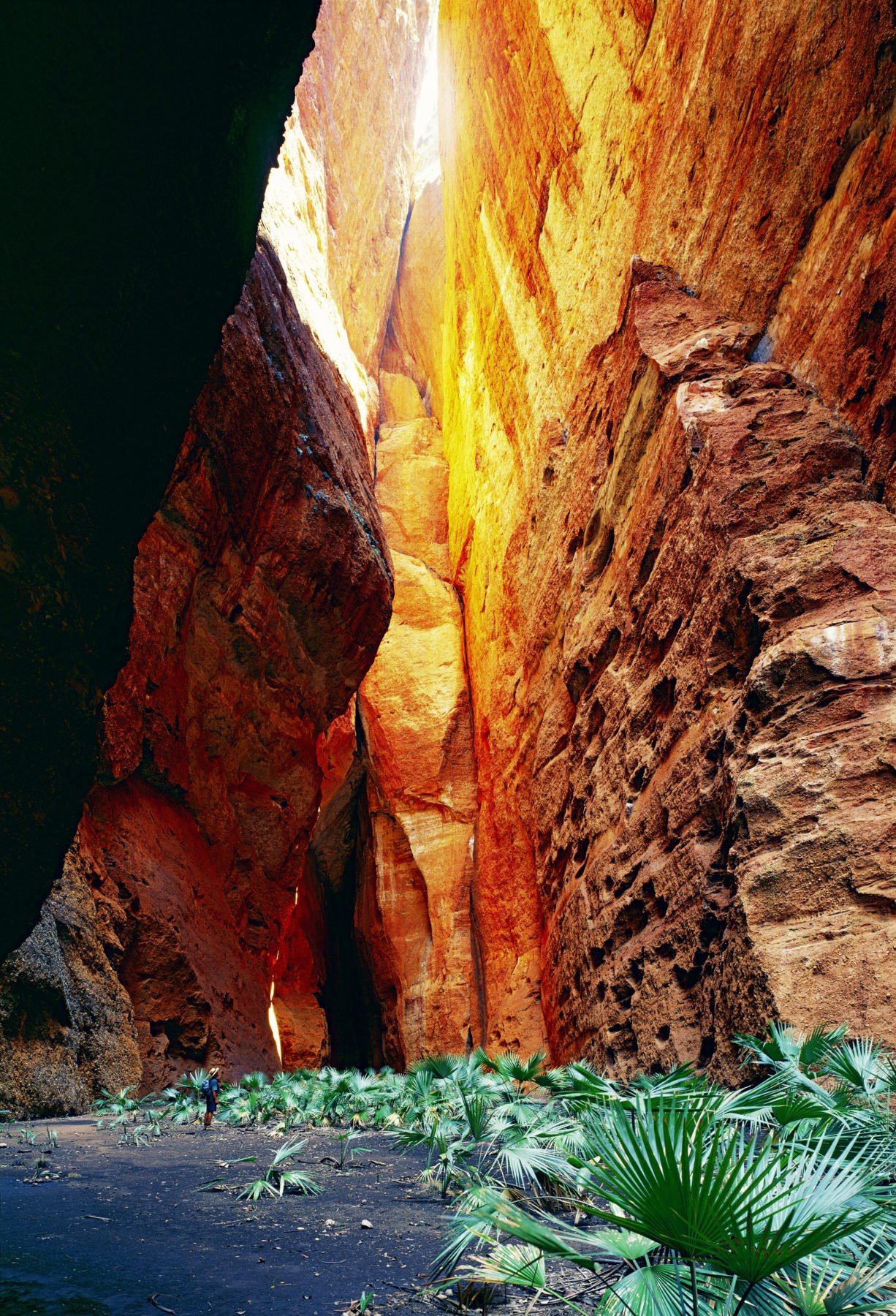
Stunning cabbage tree palms guard Echidna’s entrance, their long green fronds high-fiving each other, while rainbow bee-eaters zip about and great bowerbirds dine on wild passionfruit. The rock here is chunky, with boulders compressed into 180m-high orange walls. “Even today, Echidna is one of my favourite spots.”
Discover more
Jewels of the Kimberley
Outback Spirit runs a series of small group, fully accommodated, tours of the Kimberley. Jewels of the Kimberley is a 13-day, 20-person tour that takes guests to all the most famous scenic wonders such as the Bungle Bungles, Fitzroy River, Geikie Gorge (above right), Gibb River Road and Horizontal and Mitchell Falls, among many other must-see places. Guests stay in exclusive safari camps and at El Questro Station.
Visit Outback Spirit.
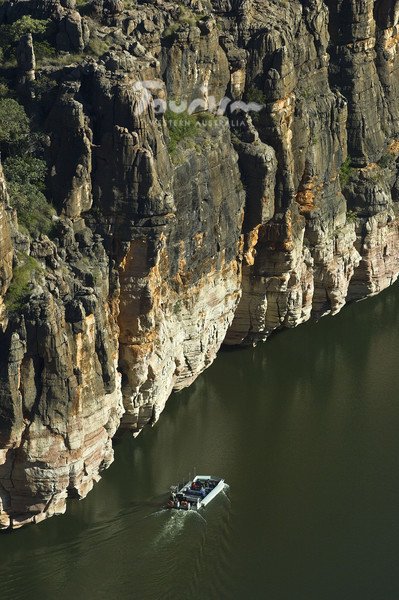
Mornington Wildnerness Camp
Mornington Sanctuary, in the heart of the Kimberley, is a naturalist’s paradise, providing refuge for more than 200 species of bird and a diverse range of other wildlife. It is a hotspot for birdwatchers, with 208 species recorded within the sanctuary. At least three nationally threatened bird species find refuge in Mornington, including the Gouldian finch, purple-crowned fairy-wren and red goshawk. For the adventurous traveller, this is a unique opportunity to stay in one of Australia’s leading wilderness camps while also helping to save Australia’s endangered wildlife.
Visit Mornington Sanctuary.
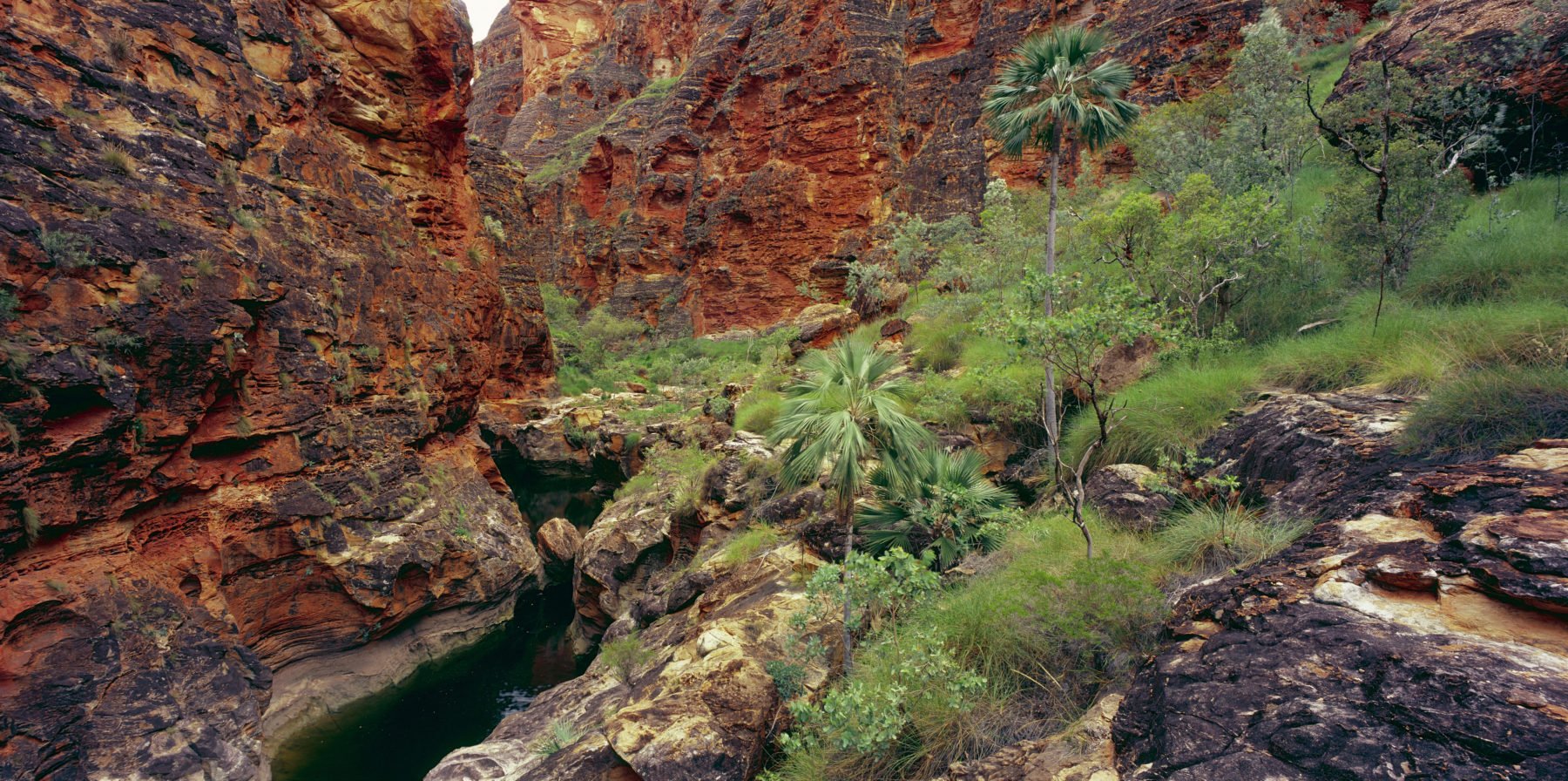
Piccaninny Gorge Trek
This one- or two-night, 30km hike is into a remote and magnificent gorge (right), with a track leading to a lookout over domes and spinifex-covered grasslands. The first 7km is relatively easy, then the way becomes more difficult – walkers will negotiate fallen boulders and loose rock. You must be prepared and take all the appropriate equipment, including water. Hikers must register at the visitors centre.
Visit Parks WA.

